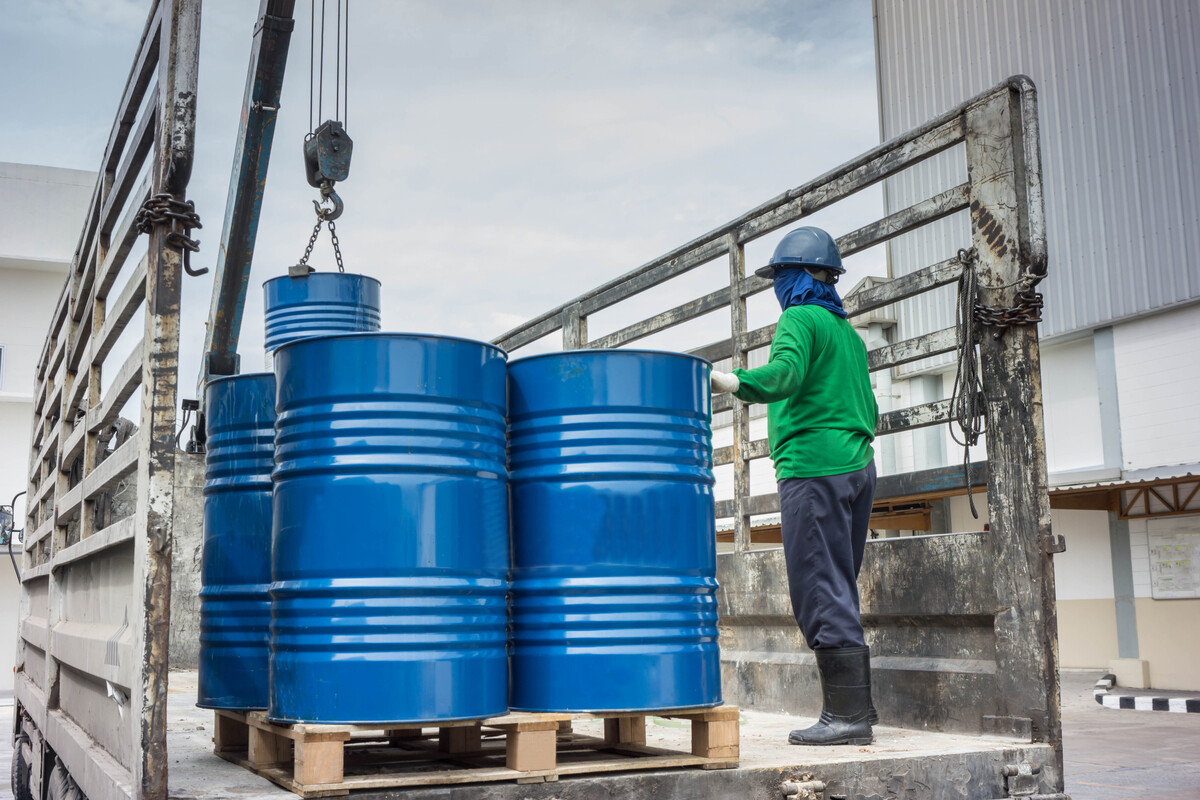Managing waste disposal for industries such as pharmaceuticals or oil and gas can be a timely and costly endeavour. Making sure that waste shipments get where they need to go, and whether or not the correct storage container was used is extremely important. As always, regulatory compliance is a major factor when it comes to environmental, health, and safety in the workplace. Toxic spills or misidentified waste containers are not something that a company wants to be subject to, or expose their hard-working employees to. Environmental compliance software is the key to the creation of an efficient waste disposal program as it allows workers to track shipments, comply with changing regulations, and analyse the cost-benefit of current practices.
Creating a Waste Disposal Protocol
Environmental compliance software gives a business the ability to create a profile for each waste disposal site, and sites at which waste is produced including the quantity. This can include container inventory, tracking numbers for each container, waste type, amount of waste, and waste disposal facilities. In short, if a company is producing large quantities of waste the software can chart the amount, type, and means of disposal. Creating a profile can allow a business to then track any changes in the amount of waste produced and the type to assess if current practices are producing too much waste, or if there is too little waste. Too little or too much can indicate that there has been a disruption in production that needs to be addressed or that there has been an overproduction.
Disposal Regulatory Compliance
Waste disposal regulations are quite stringent when it comes to both environmental and worker safety. However, as regulations can change it can be difficult to know what has been amended and how to adapt this to the current disposal protocol. It’s useful to have a compliance management system integrated with your environmental compliance software, which can stay up to date on all new regulations so that the management system can be adapted on an as-needed basis. For example, if regulations state that a waste disposal container must be disposed of at a facility within a certain kilometre radius and a business had been using one out of state up to this point then this would be a major violation. The software is able to stay up to date on all changes, and flag them so that EHS workers can view them and adapt their own waste management plan.
Performing Cost-Benefit Analysis
Waste disposal is a costly part of any business, especially as it must be done to code to protect all parties involved – workers and the environment. In addition, all rules and regulations must be met, which means that there are a lot of components at play at once. Compliance software can assess different vendors for disposal, transportation companies, and disposal container manufacturers to ensure that both EHS compliance and the most cost-effective practices are in place. As well, it also has the added benefit of being able to track all containers from the main facility to the disposal facility to ensure that nothing gets lost along the way. The manifests provided are also easily available to government bodies should they decide to check compliance. Overall, compliance software provides companies with the tools to safely and efficiently dispose of waste while staying compliant and cost-effective.









